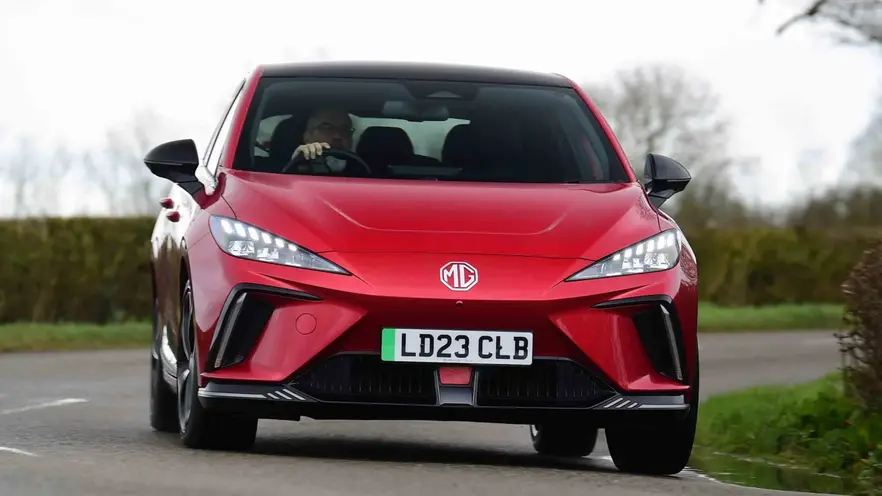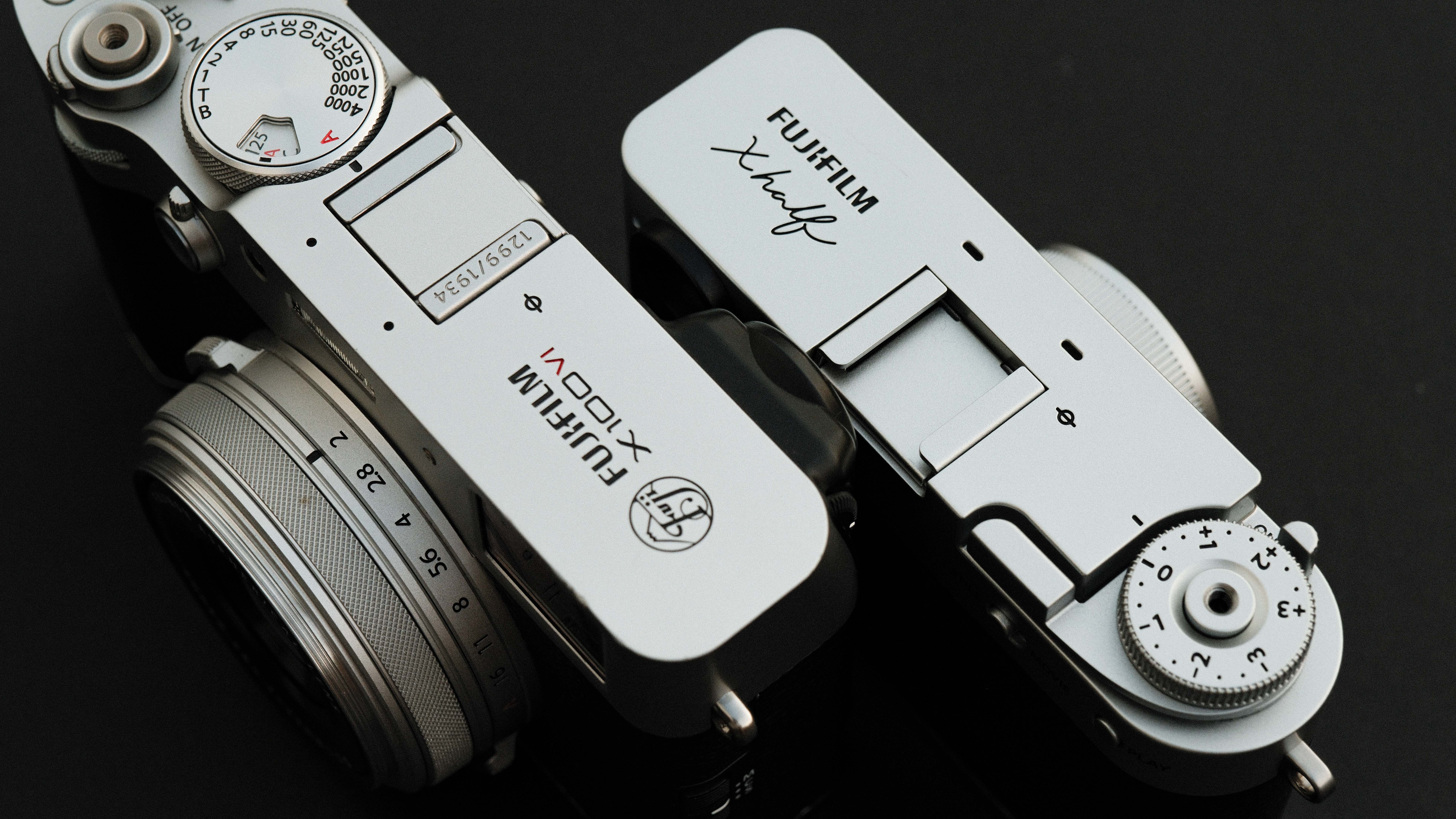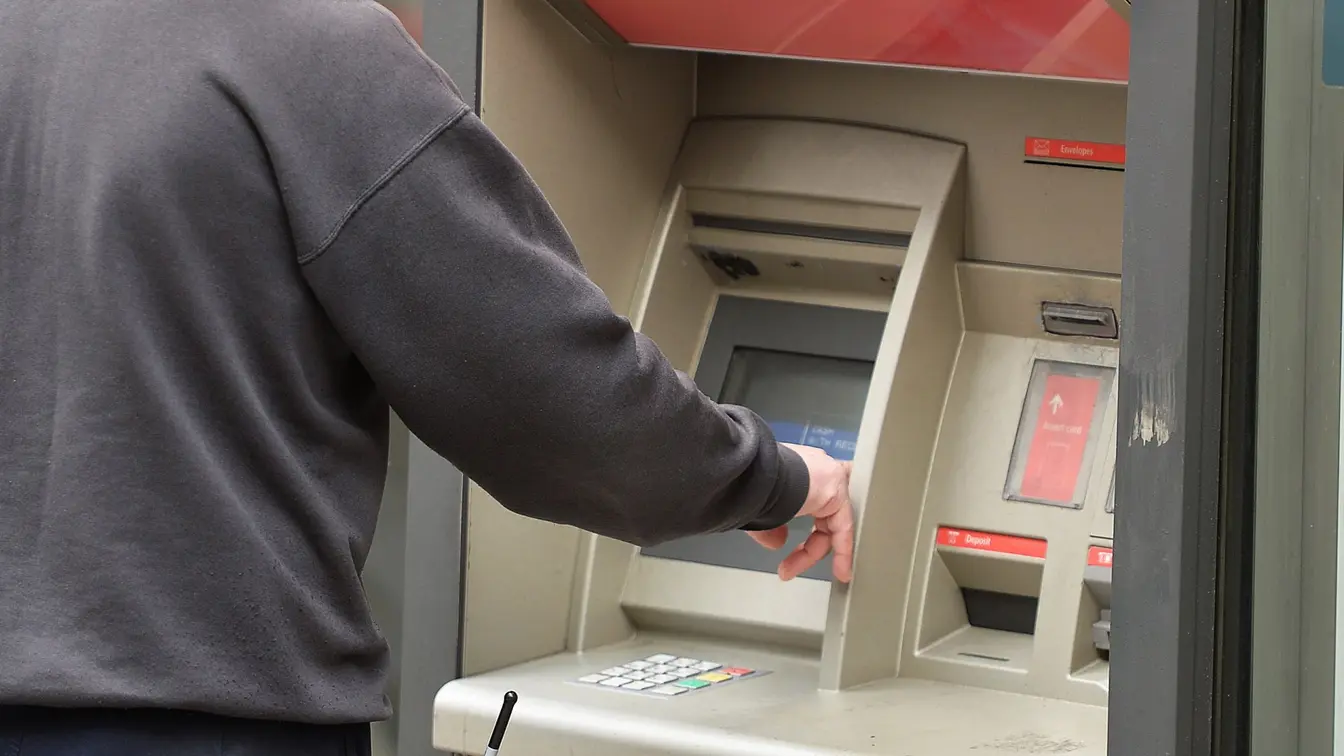T4K3.news
Puma leads UK sales
The Ford Puma remains the UK’s top selling car this year, but price questions linger as buyers weigh value against practicality.

A week with the Ford Puma shows why buyers flock to a small SUV even as price and value debates surround it.
Puma leads UK sales as value questions loom
New data from the SMMT shows the Ford Puma remains the UK’s top selling car for the year to date, building on its 2024 crown. Through eight months, Ford has shifted 30,764 Pumas, reinforcing the model’s standing in a crowded market. The popularity is notable given that the Puma replaced the Fiesta as Ford’s smallest offering and sparked questions about whether Ford should pull back on a line that once defined the brand in UK showrooms.
I spent a week with the Puma to see what motivates buyers beyond the headlines. Price is the main sticking point. The entry Titanium trim sits just under £27,000, placing it in reach of rivals like the Toyota Yaris Cross but roughly £1,000 more than the VW T-Cross. The top ST-Line X version climbs toward £34,730 with options, though more carefully chosen spec can bring the on‑road total closer to £30k. Practically, the car impresses with a roomy boot and clever storage, plus a user-friendly interior and a torquey 1.0‑litre engine. Yet some compromises show up: the steering wheel feels oversized for this body and the tyres can lose grip on damp roads, softening the fun when cornering.
All told, the week leaves one central question: is the Puma good value for money, or is it carrying a premium for brand and space? The answer may lie in the used market and in how Ford positions trims and options in the future.
Key Takeaways
"The Puma isn't a bad car, in fact, it's quite good"
Overall assessment of the car's quality
"£30,000 feels a tad steep"
Price perception by the reviewer
"The boot is deeper and roomier than the Mariana Trench"
Noted practicality of space
"Why not simply opt for a second-hand Fiesta instead"
Value-oriented counterpoint to buying new
The Puma’s sales success shows a market that still rewards practicality and a modern look in a compact SUV. Ford’s decision to replace the Fiesta with a larger, more capable model has shifted what buyers expect from an entry Ford, trading badge nostalgia for real-world usability. That trade‑off helps explain the sales surge, but it also creates pressure on perceived value as prices edge toward premium territory.
Price is not just about the sticker. Total cost of ownership, insurance, maintenance, and depreciation all factor into whether buyers feel they are getting ahead. If demand cools as prices stay high, Ford may need to recalibrate trims or lean more on the used market to sustain momentum. The Puma story mirrors a broader trend: value is measured by what the buyer actually gets for the money, not the badge or the headline price alone.
Highlights
- The boot is deeper and roomier than the Mariana Trench
- £30,000 feels a tad steep
- The Puma isn't a bad car, in fact, it's quite good
- Why not simply opt for a second-hand Fiesta instead
Budget and price sensitivity in top selling model
The Puma's price premium against rivals raises questions about value for money. If buyers balk at the upfront cost, Ford could face backlash or reduced long-term demand, especially as rivals offer cheaper alternatives or stronger used-market options.
Value is decided by what you actually pay and what you actually get.
Enjoyed this? Let your friends know!
Related News

Harley-Davidson names new president and CEO

MG introduces £1,500 grant for electric vehicles

Compact camera outsells Fujifilm X100VI

Bangladeshi officials face scrutiny over UK property deals

Caravan buyers face hidden costs and financial distress

Donkey Kong Bananza tops UK physical sales charts

Bitcoin reaches record high ahead of Trump's inauguration

Claire's files for bankruptcy threatening UK stores
